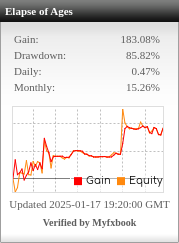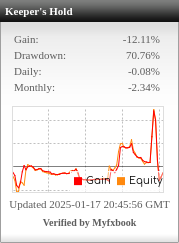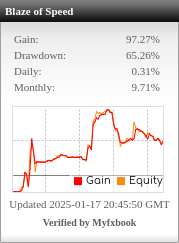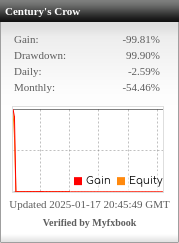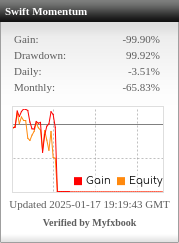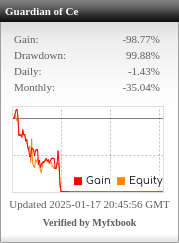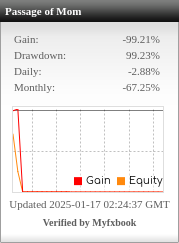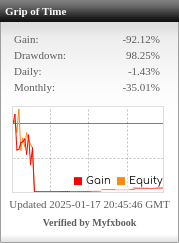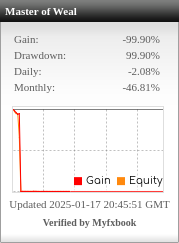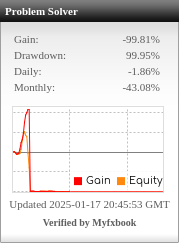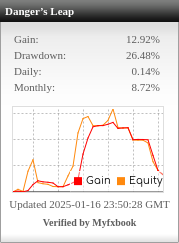Table of Contents
simulate for this 12 straegies method by using my signals provided: 1. Price action trading 2. Range trading strategy 3.Trend trading strategy 4. Position trading 5. Day trading strategy 6. Scalping strategy 7. Swing trading 8. Carry trade strategy 9. Breakout strategy 10. News trading 11. Retracement trading 12. Grid trading
To simulate these 12 trading strategies using the available signals in SQX, we’ll first match each strategy type with appropriate indicators from your list. This will create a structured approach for SQX to build and optimize each strategy based on specific methodologies.
1. Price Action Trading:
- Signals: Candle Patterns, Fractals, ATR
- Approach: Price action traders rely on interpreting market structure, chart patterns, and key price levels. Candle patterns combined with ATR for volatility can help pinpoint entries and exits.
- Use in H1/H4: H1 for active candle formations; H4 for larger price patterns.
2. Range Trading Strategy:
- Signals: Bollinger Bands, Keltner Channel, RSI, Stochastic
- Approach: Range trading involves identifying overbought and oversold conditions within a sideways market. Bollinger Bands and Keltner Channel are excellent for defining the range, while RSI or Stochastic can time the entry.
- Use in H1/H4: H1 for entering at range extremes; H4 to confirm the range is stable.
3. Trend Trading Strategy:
- Signals: ADX, MACD, Super Trend, Ichimoku
- Approach: Focus on capturing sustained market trends. ADX confirms trend strength, MACD signals momentum, while Ichimoku and Super Trend confirm trend direction.
- Use in H1/H4: H1 for trend signals; H4 for broader trend confirmation.
4. Position Trading:
- Signals: Ichimoku, Hull Moving Average, RSI, ADX
- Approach: Position traders take long-term trades based on macro trends. Ichimoku and Hull MA work well for spotting long-term trends, while ADX confirms trend strength.
- Use in H1/H4: H4 for trend identification; H1 for fine-tuning entries.
5. Day Trading Strategy:
- Signals: Moving Average, VWAP, RSI, Momentum
- Approach: Day traders use quick signals to profit from intraday price movements. Moving averages, VWAP (volume-weighted average price), and momentum indicators work well for this.
- Use in H1/H4: H1 for day trading entries; H4 for ensuring alignment with larger trends.
6. Scalping Strategy:
- Signals: Parabolic SAR, ATR, Stochastic, VWAP
- Approach: Scalping requires fast signals. Parabolic SAR and ATR work for precise entry/exit timing, while Stochastic identifies quick overbought/oversold conditions.
- Use in H1/H4: H1 for quick price action trades; H4 could be used to ensure macro trend direction is not against the trade.
7. Swing Trading:
- Signals: MACD, RSI, Hull Moving Average, Fractals
- Approach: Swing traders seek to profit from intermediate price swings. MACD and Hull MA identify swings, while RSI and Fractals time entry/exit points.
- Use in H1/H4: H1 for swing setups; H4 for trend alignment.
8. Carry Trade Strategy:
- Signals: KAMA (Kaufman Adaptive Moving Average), Directional Index, VWAP, ATR
- Approach: Although carry trading is more interest-rate based, technical signals like KAMA can help identify good entry points into longer-term trades, while ATR helps manage risk.
- Use in H1/H4: H4 for trend setup; H1 for trade entry and management.
9. Breakout Strategy:
- Signals: Bollinger Bands, ATR, Momentum, ADX
- Approach: Breakout strategies focus on trading volatility expansions. Bollinger Bands and ATR identify breakouts, while Momentum confirms the breakout direction.
- Use in H1/H4: H1 for breakouts; H4 for larger breakout confirmation.
10. News Trading:
- Signals: ATR, Momentum, Volume-based signals (e.g., VWAP, AVG Volume)
- Approach: News trading involves reacting quickly to market events. ATR captures volatility surges, while VWAP and momentum indicators show how the market reacts.
- Use in H1/H4: H1 for fast reaction to news events; H4 for identifying broader market sentiment.
11. Retracement Trading:
- Signals: Fibonacci retracement levels (can be coded), Stochastic, RSI, Fractals
- Approach: Retracement trading involves entering trades when price retraces within a larger trend. Stochastic and RSI work to identify the retracement, while Fractals show reversal points.
- Use in H1/H4: H1 for identifying retracement; H4 for trend direction and retracement targets.
12. Grid Trading:
- Signals: None (grid strategy), ATR, Bollinger Bands (optional for range)
- Approach: Grid trading involves placing multiple orders at set intervals without needing precise signals. However, ATR or Bollinger Bands can add volatility context to the grid.
- Use in H1/H4: Primarily H1 for grid execution; H4 for macro trend bias (optional).
Simulation Expectations:
- Price Action, Range, and Trend Strategies: These should perform well when tested with H1 signals and H4 confirmation due to their reliance on technical signals and clear exit rules.
- Day Trading and Scalping: These may require faster timeframes or tighter risk management, but with ATR and quick momentum indicators, they can be effective.
- Swing Trading and Position Trading: These will work well on higher timeframes (H1/H4), as they capitalize on medium- to long-term price movements.
- Breakout, News, and Retracement Trading: The success of these strategies will depend on volatility and momentum confirmation.
- Grid Trading: This is more mechanical and will require less signal-based input but can benefit from ATR or volatility-based indicators to avoid extreme market conditions.
By implementing these strategies and adjusting them with sequential optimization, you can test and refine how each approach behaves on various timeframes.


